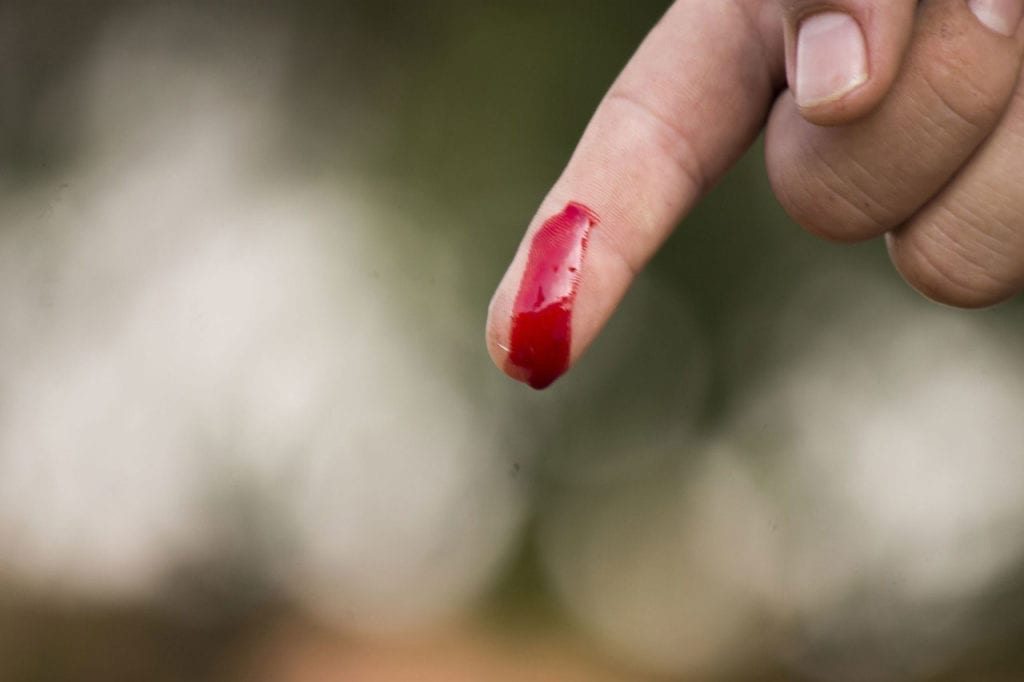The key to solving ANY problem is knowledge.
And so the same goes for raising awareness for those living with any type of illness. The more we know about the problem, the better chance we have at solving it! And perhaps most importantly, the more we know about a disease, the better we are at talking about it with people have have been diagnosed with it. It helps us to empathize, to ask the right, educated questions, and to make them feel that much more heard. The science and medical minutia can be overwhelming, but every little bit of knowledge gets us closer, and that’s a task worth undertaking.
So, since March is Bleeding Disorders Awareness Month, it seems only appropriate to dig a little deeper into what some of these disorders are – and into some of the organizations that are dedicated to finding a cure and raising awareness.
To start – let’s get real technical here and define exactly what a bleeding disorder is. A bleeding disorder is any condition where blood cannot properly clot. Therefore, bleeding disorders make it much harder for people to stop bleeding – and it’s obvious just how dangerous that could be. Hemophilia is perhaps the most well known bleeding disorder – so it’s worth digging into this one. After all, I must confess, the only thing I *really* know about hemophilia is that Tsar Nicholas II’s youngest child Alexei had hemophilia – and Rasputin was brought in to heal him with his “magic powers.” That’s all great for Jeopardy, but it’s good to know more about the disease itself, eh?
HEMOPHILIA
Hemophilia is the most well-known bleeding disorder.
It affects mostly males, approximately 400 babies are born with hemophilia each year in the US, about 400,000 people worldwide are living with hemophilia and about 20,000 are living with it in the United States.
There a several types of hemophilia that accounts for the blood clotting deficiency.
- Hemophilia A occurs when the protein “factor VIII” has deficient levels in the blood. This type is also known as classic hemophilia and is the most common type. Symptoms depend on the severity, but usually include internal and external bleeding episodes triggered by minor cuts or abrasions (which those without a bleeding disorder would normally recover from quickly.) Specific internal bleeding that can be most dangerous include bleeding in the joints, muscles, digestive tract, and brain.
- Hemophilia B occurs when “factor IX” has deficient levels in the blood. The symptoms of Hemophilia B are similar to A, but also may include easy bruising, urinary tract bleeding and nosebleeds.
- Hemophilia C occurs when “factor XI” has deficient levels in the blood. Unlike A and B, Hemophilia C doesn’t often spur spontaneous bleeding – in other words, those with this type don’t bleed profusely after small cuts, but can still have prolonged bleeding episodes.
- Acquired hemophilia is the rarest form of hemophilia, and can be developed as a result of illness, medications, or pregnancy. Symptoms include spontaneous, prolonged bleeding (like the other types) and in serious cases, can cause compartmental syndrome – a potentially serious, painful condition characterized by increased pressure on muscles, nerves and blood vessels most often within the arms and legs.
And so of course, no one is going to quiz you on the all the different types of hemophilia or the medical makeup of “factor XI” – but it’s good to know basic facts, like the physical symptoms of hemophilia or that there are different types of hemophilia, etc. If you ever meet someone with hemophilia or someone you know becomes diagnosed with it, knowing these facts and asking informed questions will go a long way.








